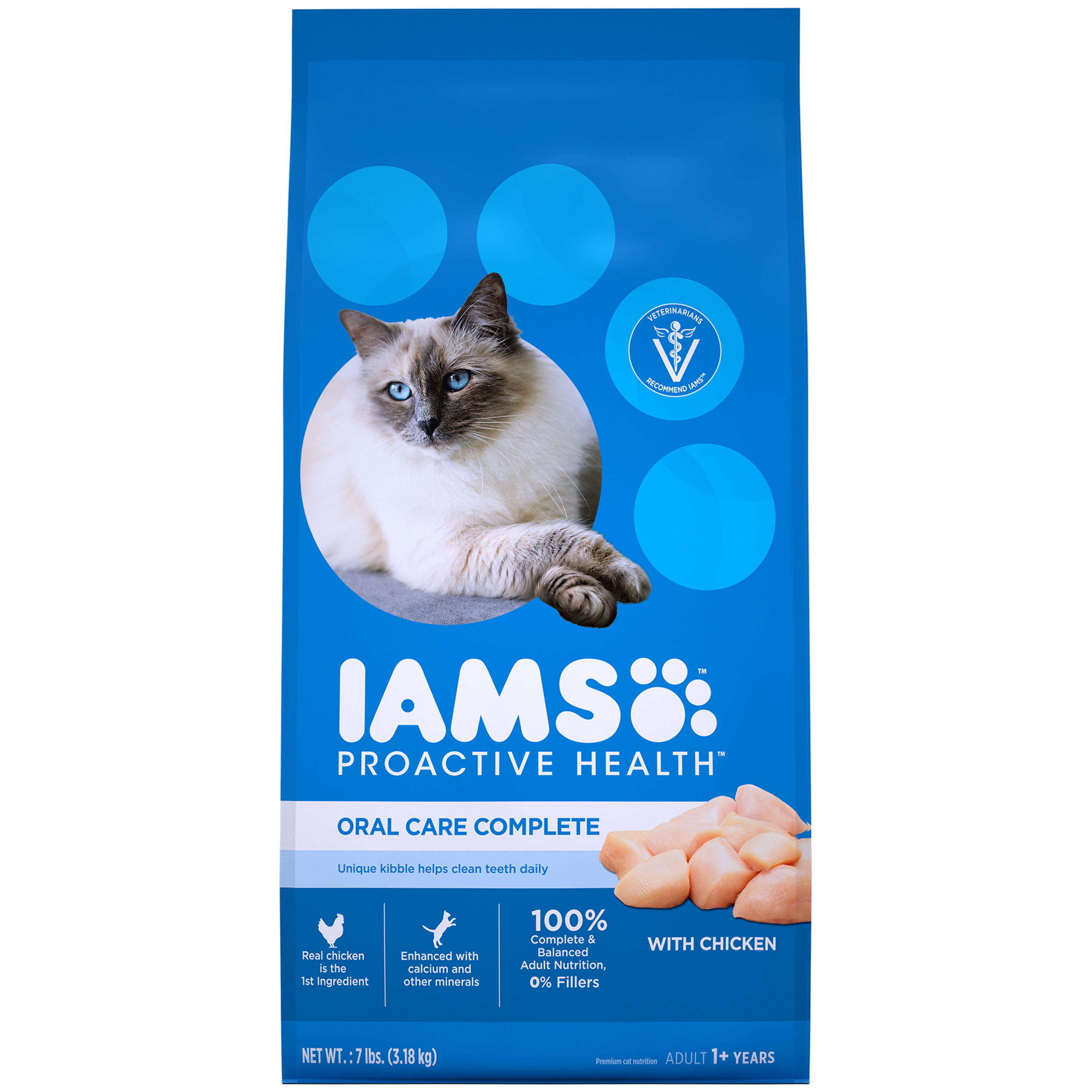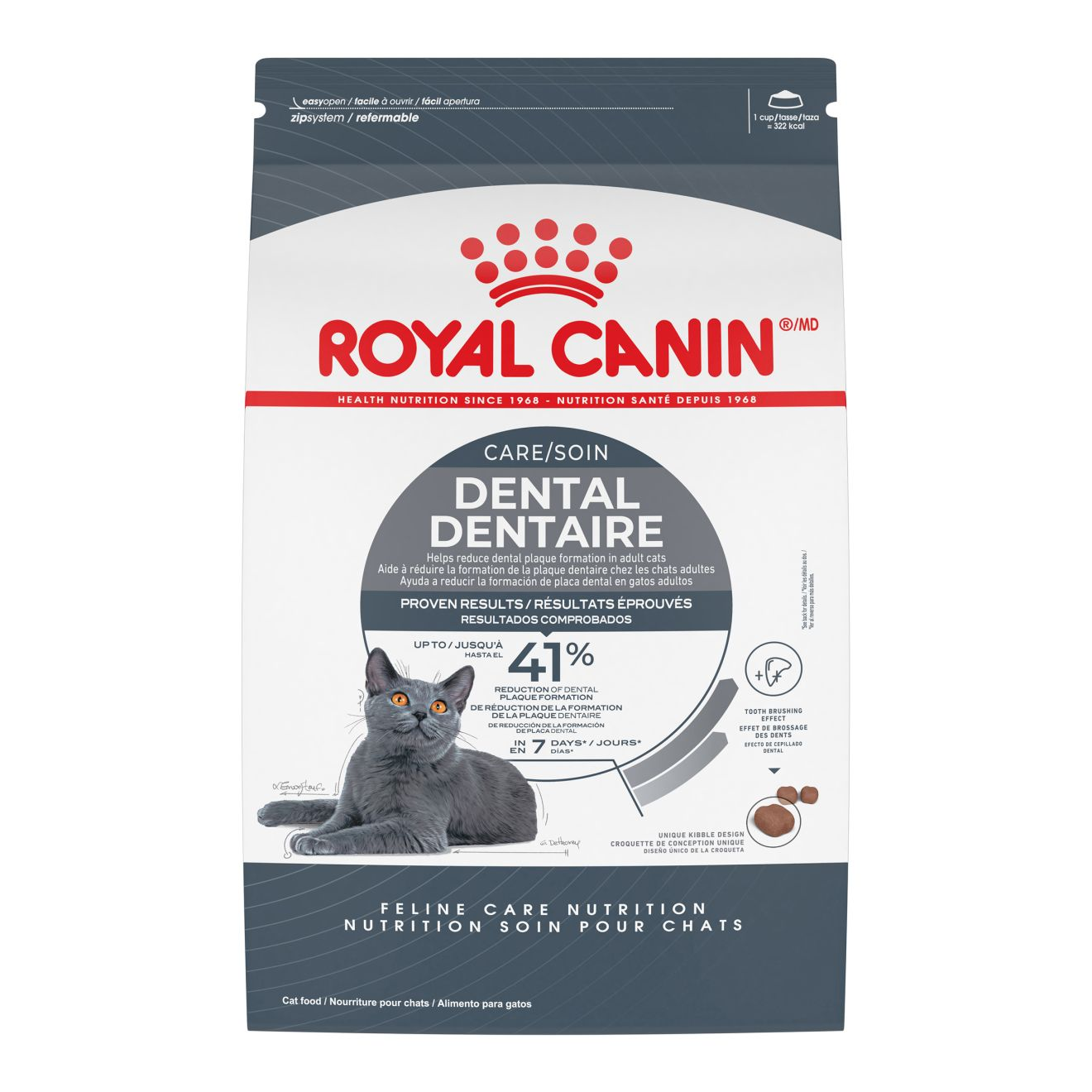Dry Cat Food with Dental Benefits: A Comprehensive Guide to Keeping Your Feline’s Smile Bright
A cat’s radiant smile might seem like a simple pleasure, but behind that adorable face lies a complex dental landscape that requires careful attention. Dental disease is one of the most common health problems affecting cats, with studies suggesting that up to 70% of cats show signs of dental issues by the time they reach three years of age. Fortunately, proactive dental care, including choosing the right diet, can significantly improve your cat’s oral health and overall well-being. This article explores the world of dry cat food with dental benefits, offering insights into how these specialized diets work, what to look for when choosing one, and how to incorporate them into your cat’s dental care routine.
The Importance of Dental Health in Cats
Before diving into the specifics of dental cat food, it’s essential to understand why dental health is so vital for our feline friends. Dental disease in cats typically begins with plaque buildup. Plaque is a sticky film of bacteria that forms on the teeth after eating. If plaque isn’t removed regularly, it can harden into tartar (calculus), which is much more difficult to eliminate.
The accumulation of plaque and tartar can lead to a range of dental problems, including:
- Gingivitis: Inflammation of the gums, characterized by redness, swelling, and bleeding.
- Periodontitis: A more advanced stage of gum disease that damages the tissues and bone supporting the teeth, potentially leading to tooth loss.
- Tooth Resorption: A painful condition where the tooth structure is gradually broken down.
- Oral Pain: Dental disease can cause significant discomfort, making it difficult for cats to eat and groom themselves properly.
- Systemic Health Issues: Bacteria from the mouth can enter the bloodstream and potentially affect other organs, such as the heart, kidneys, and liver.
How Dry Cat Food Supports Dental Health
Dry cat food can play a significant role in maintaining your cat’s dental health, thanks to several key mechanisms:
-
Mechanical Abrasion: The crunchy texture of dry kibble acts as a mild abrasive against the teeth as the cat chews. This helps to scrape away plaque and tartar buildup, reducing the risk of dental disease. Larger kibble sizes and specially designed shapes can enhance this abrasive effect.
-
Saliva Production: Chewing dry food stimulates saliva production, which helps to wash away food particles and bacteria from the mouth. Saliva also contains enzymes that can help break down plaque and tartar.
-
Coating: Some dental cat foods are coated with substances that help to prevent plaque and tartar from adhering to the teeth. These coatings may contain ingredients like sodium hexametaphosphate, which binds to calcium in saliva and inhibits the formation of tartar.
-
Specialized Ingredients: Certain dry cat foods contain ingredients that have been shown to promote dental health. For example, some formulas include probiotics that help to balance the oral microbiome and reduce the growth of harmful bacteria. Others may contain enzymes or antioxidants that help to protect the gums from inflammation.
Choosing the Right Dry Cat Food for Dental Health
With so many dry cat food options available, selecting the right one for your cat’s dental health can feel overwhelming. Here are some key factors to consider:
- Look for the Veterinary Oral Health Council (VOHC) Seal of Acceptance: The VOHC is an independent organization that evaluates the effectiveness of dental products for pets. Products that have earned the VOHC seal have been scientifically proven to reduce plaque and tartar buildup.
- Check the Ingredient List: Look for ingredients that support dental health, such as sodium hexametaphosphate, probiotics, enzymes, and antioxidants. Avoid foods that are high in sugar or carbohydrates, as these can contribute to plaque formation.
- Consider the Kibble Size and Shape: Larger kibble sizes and specially designed shapes can provide more effective mechanical abrasion. Look for kibble that is specifically designed to encourage chewing.
- Choose a High-Quality Food: A nutritionally balanced diet is essential for overall health, including dental health. Choose a food that is made with high-quality ingredients and meets your cat’s specific nutritional needs.
- Talk to Your Veterinarian: Your veterinarian can help you choose the best dry cat food for your cat’s individual needs, taking into account their age, breed, health status, and dental history.
Integrating Dry Cat Food into Your Cat’s Dental Care Routine
While dry cat food with dental benefits can be a valuable tool in maintaining your cat’s oral health, it’s important to remember that it’s just one piece of the puzzle. A comprehensive dental care routine should also include:
- Regular Veterinary Dental Checkups: Your veterinarian can assess your cat’s dental health and recommend appropriate treatments, such as professional dental cleanings.
- Toothbrushing: Brushing your cat’s teeth regularly is the gold standard for dental care. Start slowly and gradually introduce your cat to the process, using a pet-specific toothbrush and toothpaste.
- Dental Treats and Toys: Dental treats and toys can help to remove plaque and tartar through chewing. Look for products that have been approved by the VOHC.
- Dental Wipes and Solutions: Dental wipes and solutions can be used to clean your cat’s teeth and gums, especially if they are resistant to toothbrushing.
Transitioning to a New Dry Cat Food
When switching your cat to a new dry cat food, it’s important to do so gradually to avoid digestive upset. Start by mixing a small amount of the new food with your cat’s current food, gradually increasing the proportion of the new food over a period of 7-10 days.
Potential Downsides of Dry Cat Food
While dry cat food offers dental benefits, it’s essential to be aware of potential downsides:
- Lower Moisture Content: Dry food has a lower moisture content than wet food, which can be a concern for cats that don’t drink enough water. Dehydration can contribute to urinary problems.
- Higher Carbohydrate Content: Some dry cat foods may contain higher levels of carbohydrates than wet food, which could be problematic for cats with diabetes or other metabolic disorders.
- Potential for Overeating: Dry food is often more calorie-dense than wet food, which could lead to weight gain if not portioned correctly.
Conclusion
Dry cat food with dental benefits can be a valuable addition to your cat’s dental care routine, helping to reduce plaque and tartar buildup and promote overall oral health. However, it’s essential to choose the right food, integrate it into a comprehensive dental care plan, and be aware of potential downsides. By working with your veterinarian and taking proactive steps to care for your cat’s teeth, you can help them enjoy a healthy and happy life with a bright, radiant smile.

